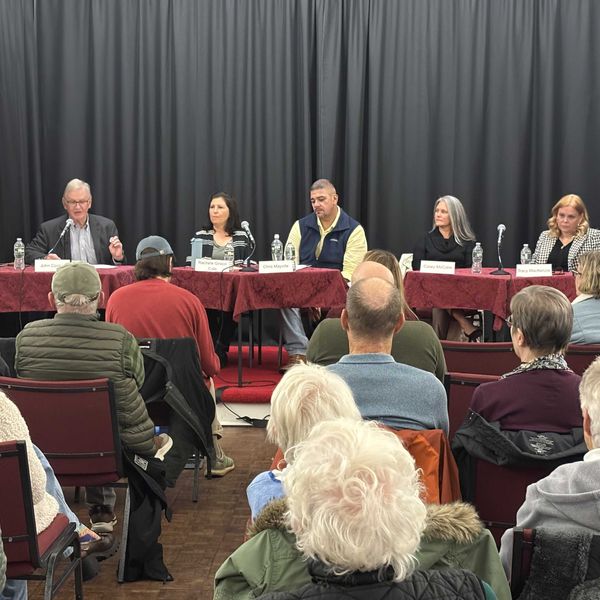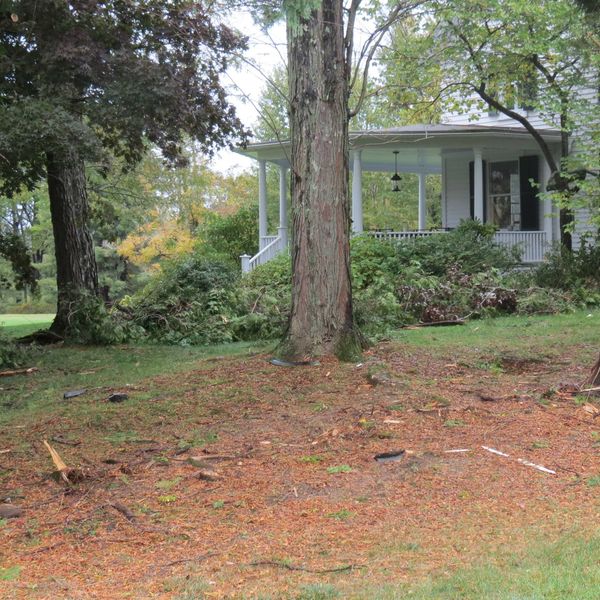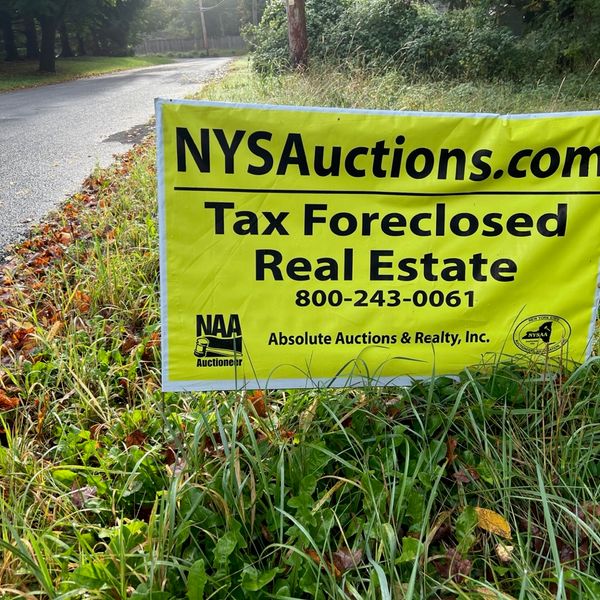The Creators: An interview with filmmaker Keith Boynton
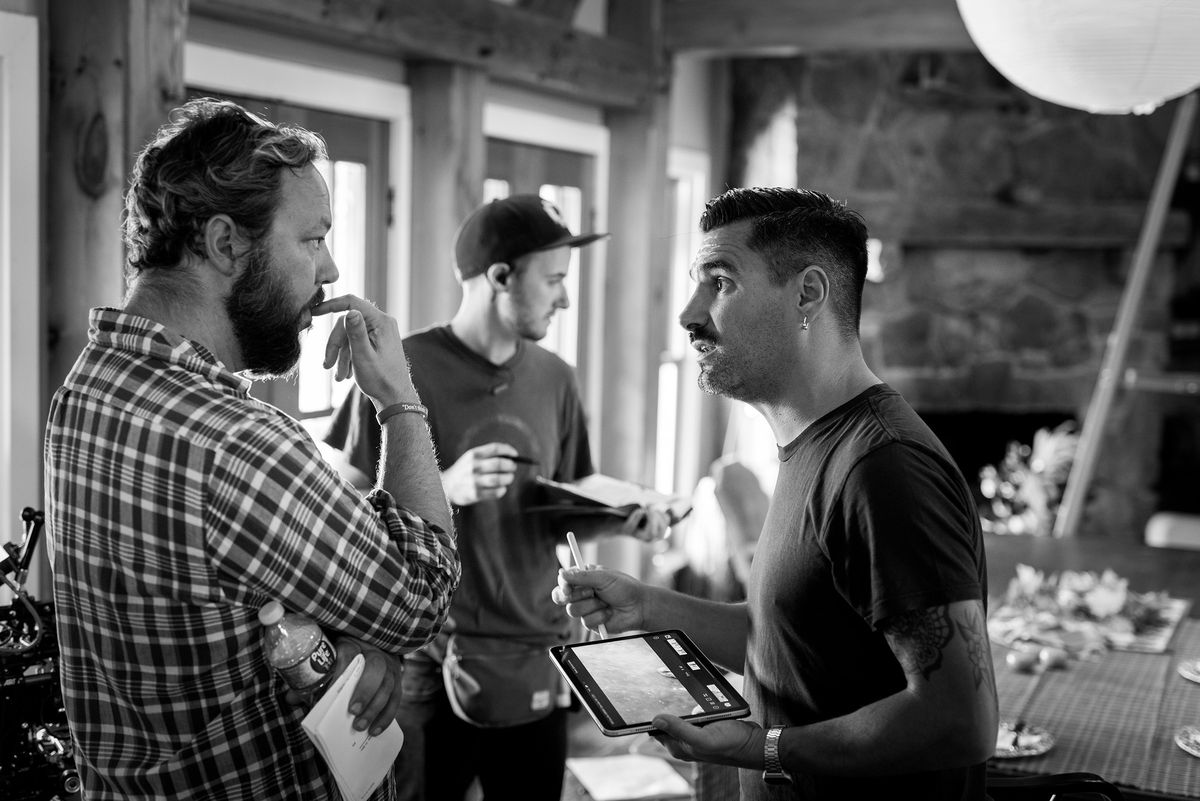
Keith Boynton, left, with Aitor Mendilibar, right, the cinematographer who shot “The Haunted Forest” as well as “The Scottish Play” and “The Winter House.” In the background of is Vinny Castellini, first assistant director.
Submitted

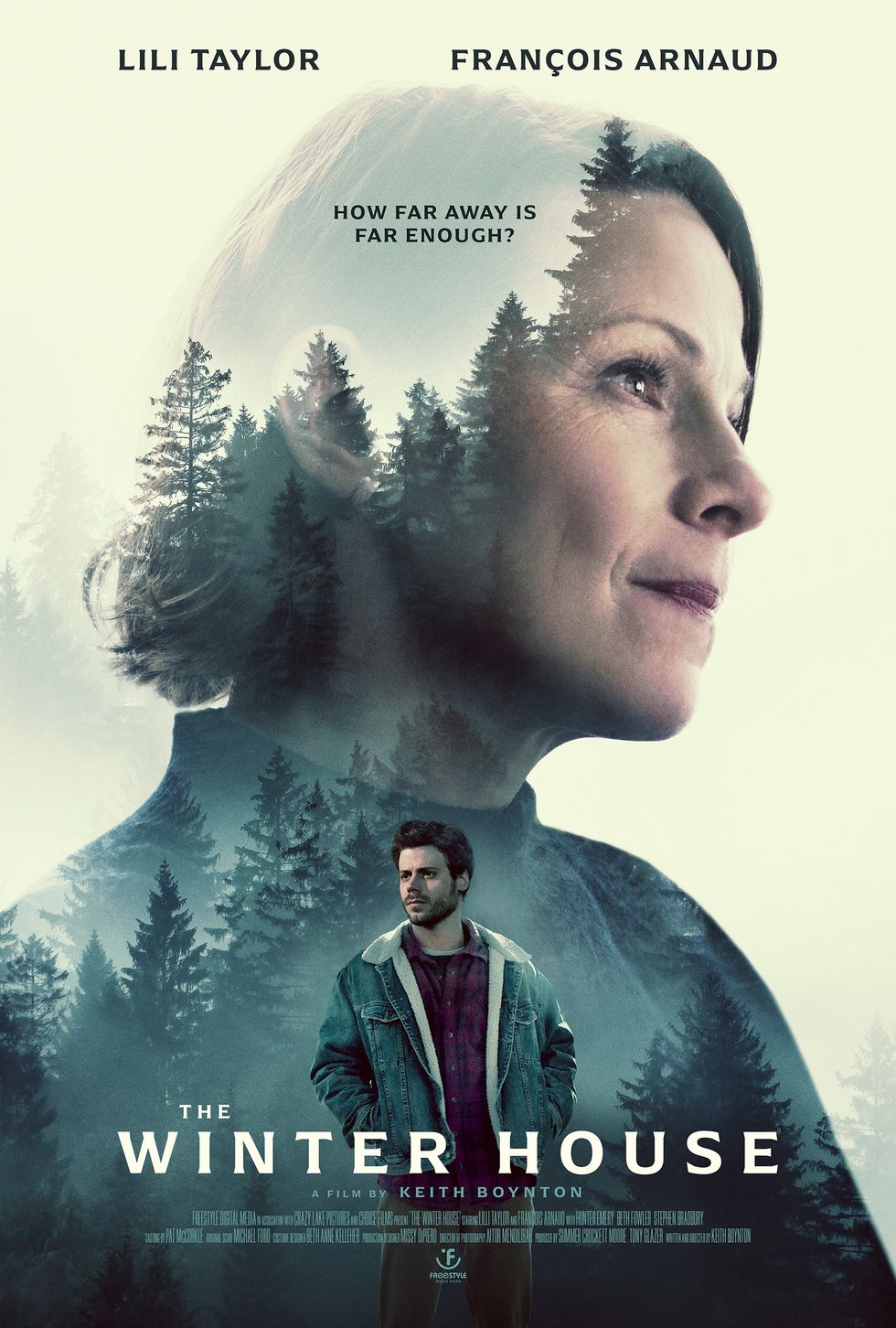
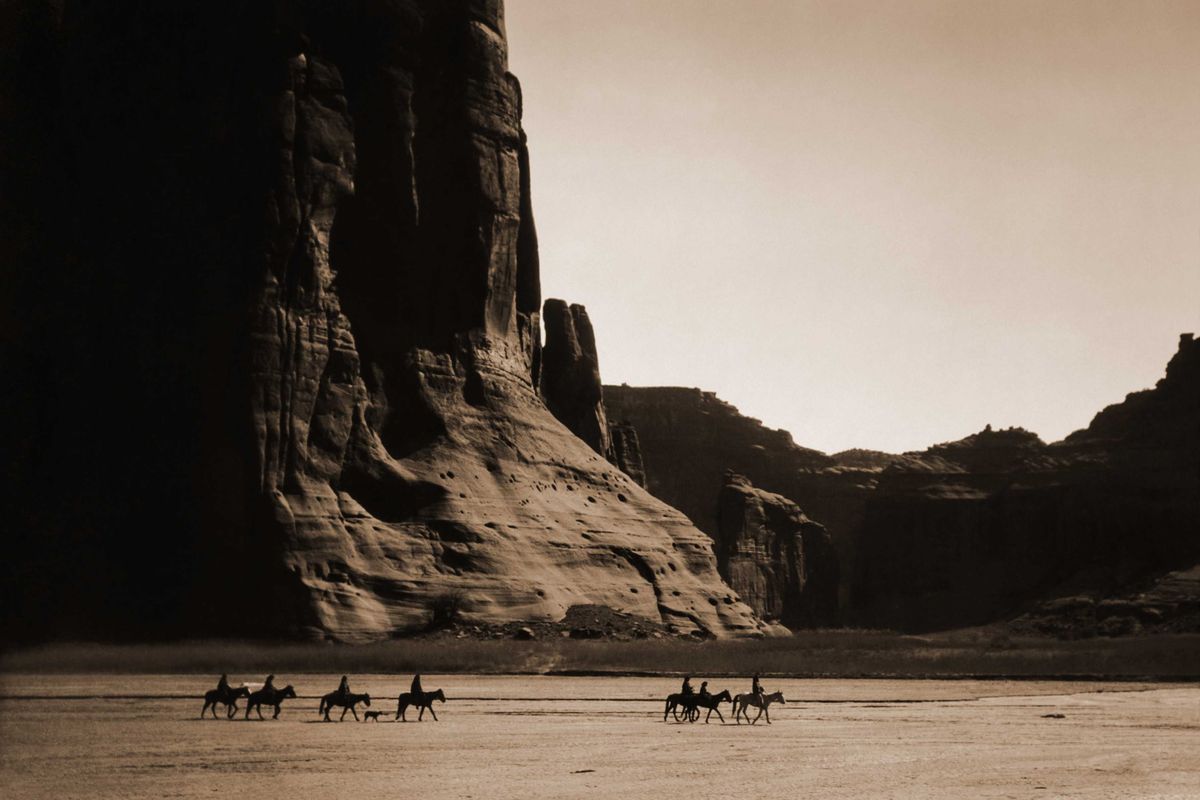

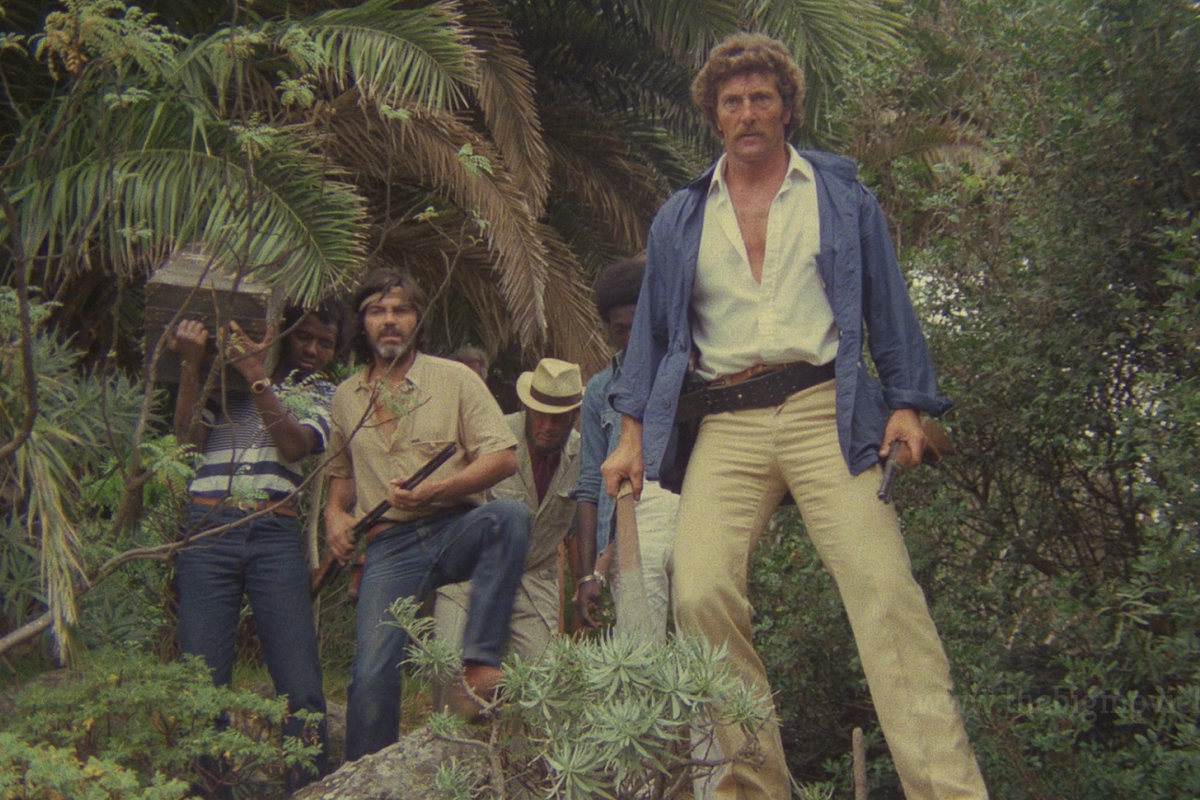
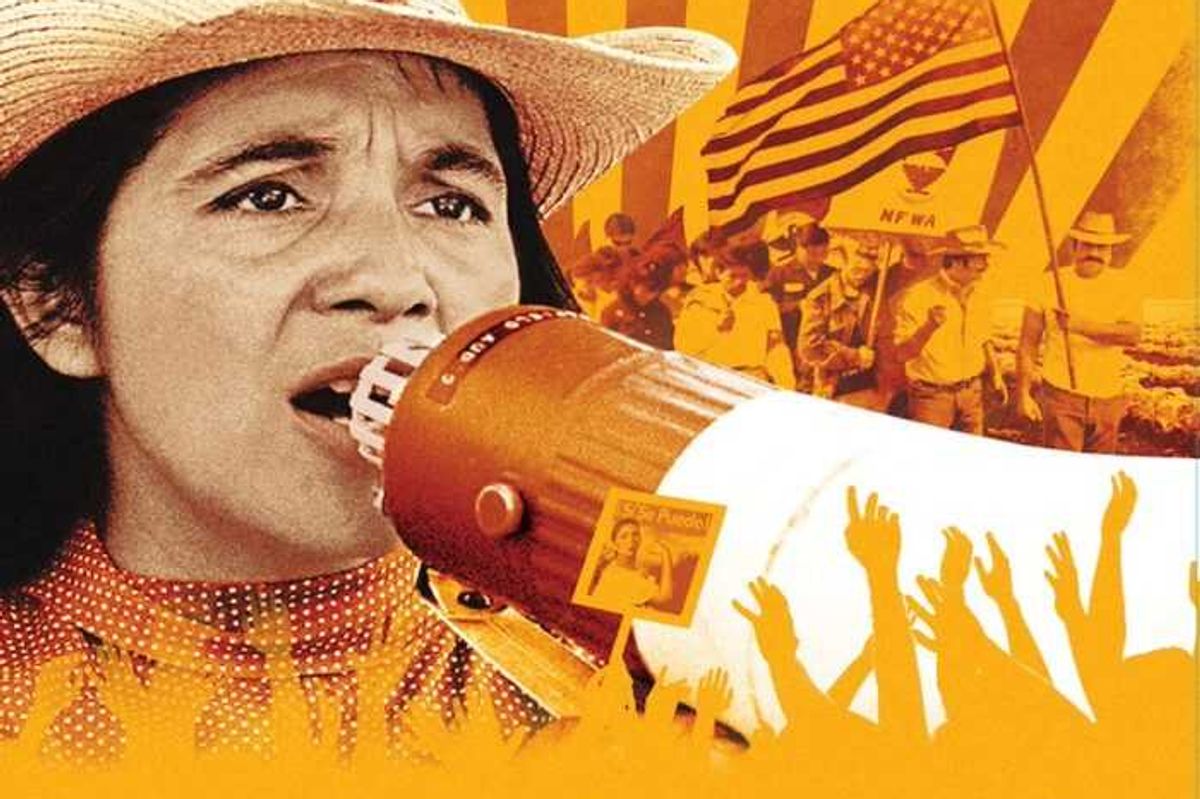
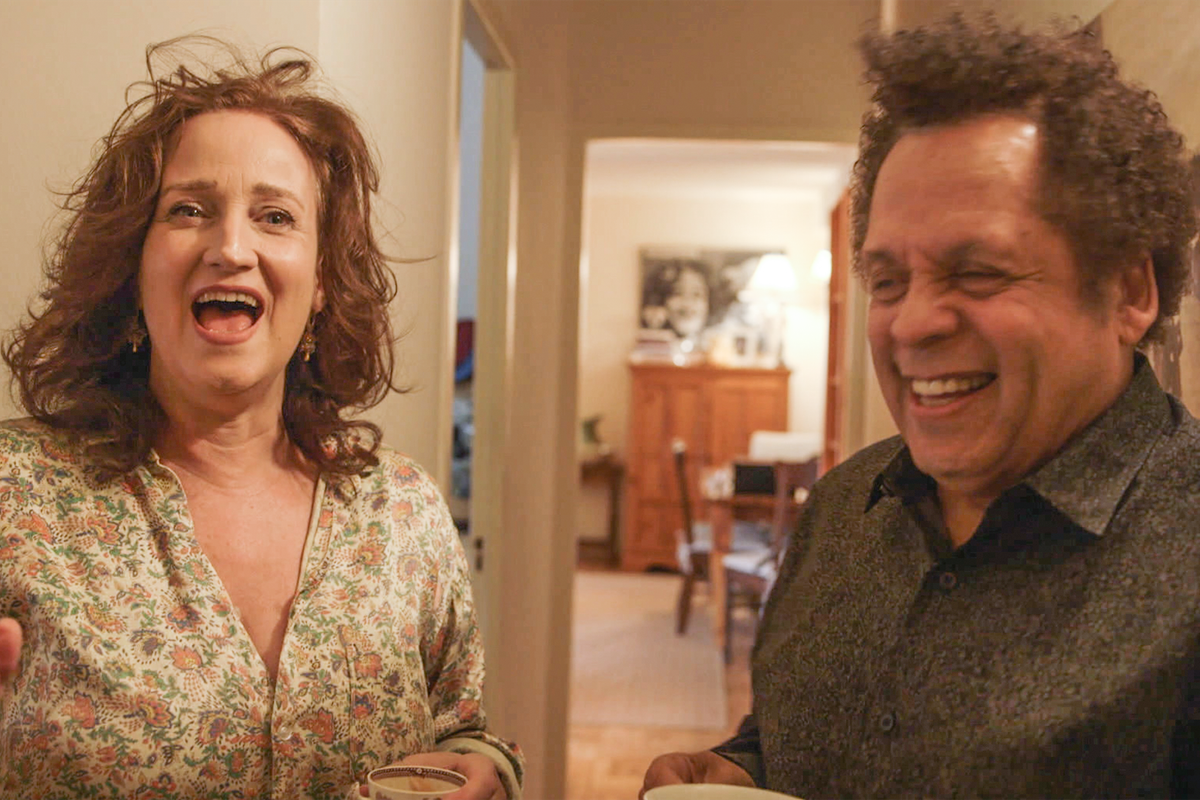



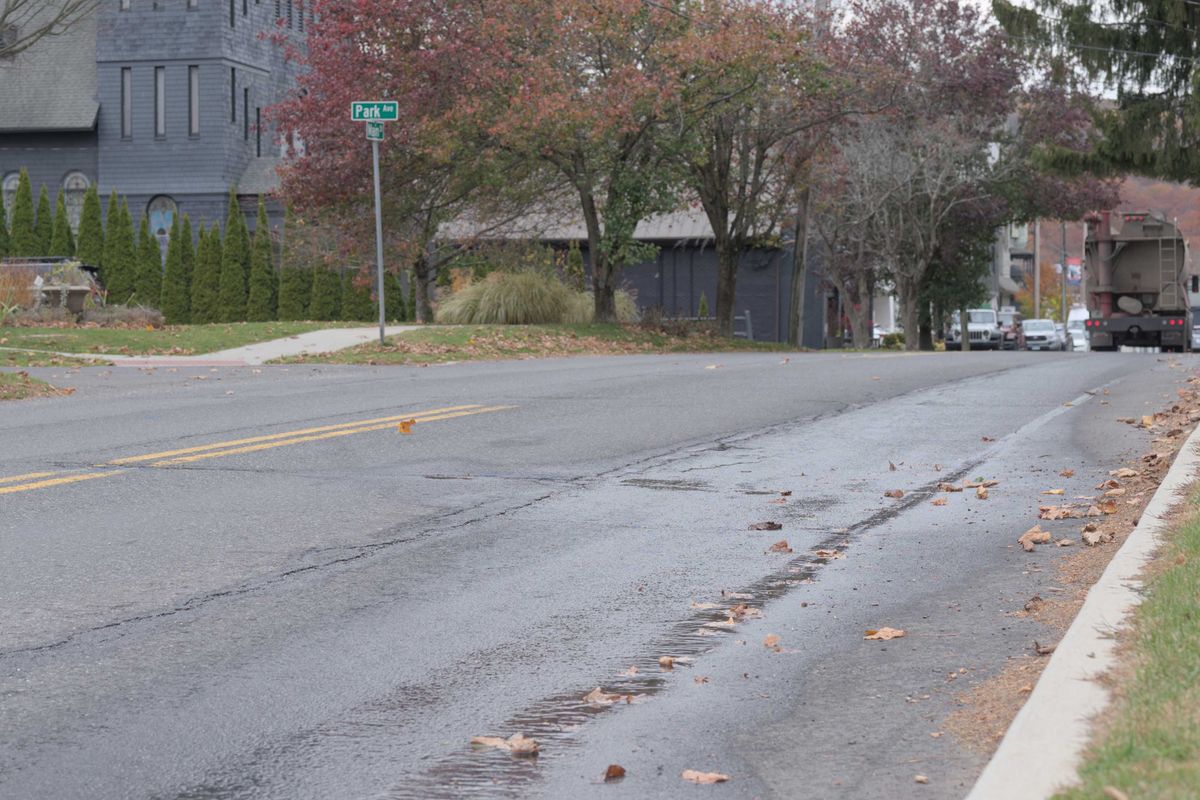
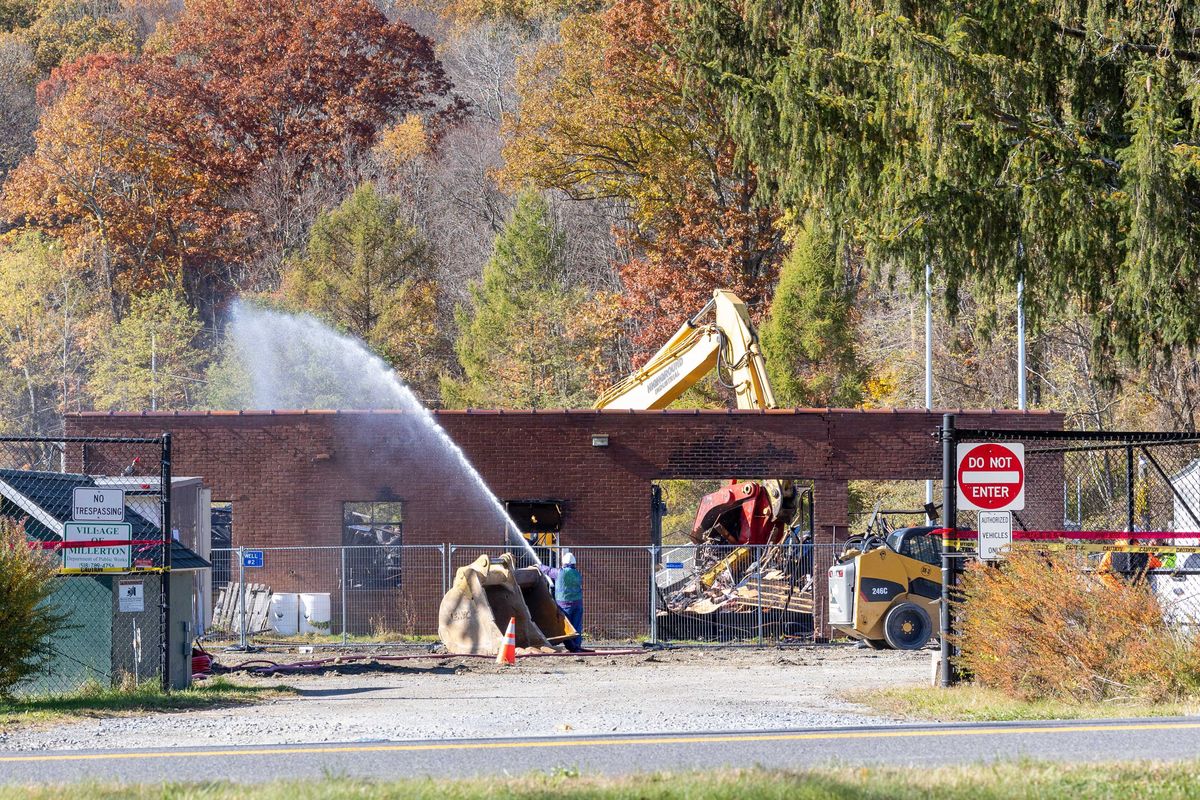
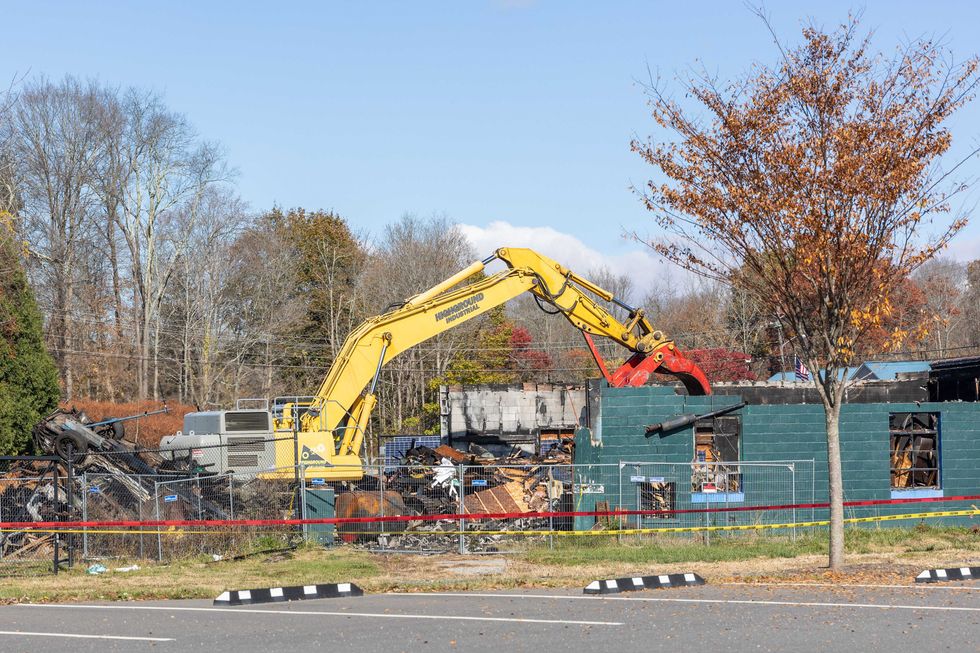 Mayor Jenn Najdek noted in a Monday, Oct. 27, meeting of the village's Board of Trustees that air quality management is one of the aspects of demolition that contributes to the price tag.Photo by Aly Morrissey
Mayor Jenn Najdek noted in a Monday, Oct. 27, meeting of the village's Board of Trustees that air quality management is one of the aspects of demolition that contributes to the price tag.Photo by Aly Morrissey